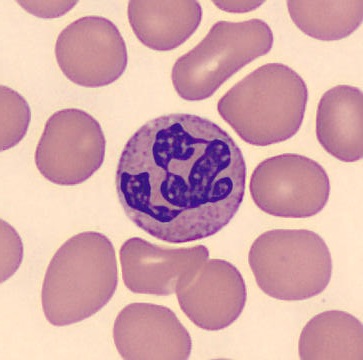Blood Test Results understanding bloodtest
 Published: 25 Jun 2024
Published: 25 Jun 2024
Your Blood and Heart Health
Red and White Blood Cells as Indicators
Red and white blood cells provide insights into the health of peripheral cells overall.
Risk Factors for Heart Disease
* Smoking
* High blood pressure
* High cholesterol
* Diabetes
Blood Analysis for Heart Health
Whole blood analysis assesses:
* Intracellular elements (e.g., oxygen and nutrient carriers in red blood cells)
* Extracellular elements (e.g., serum proteins and ions)
Together, these elements assist healthcare providers in:
* Diagnosing heart failure
* Assessing risk of atherosclerosis (artery blockages)
Importance of Multiple Tests
A single blood test is insufficient to predict heart disease risk. Intracellular and extracellular elements in both blood components must be measured for a comprehensive evaluation.
Lipid Panel
* Measures different types of fats in the blood:
* Triglycerides (high levels indicate potential heart problems)
* Total cholesterol (overall levels of LDL and HDL cholesterol)
* HDL cholesterol ("good cholesterol" that protects against heart disease)
* LDL cholesterol ("bad cholesterol" linked to heart disease)
* Total cholesterol to HDL ratio test: Calculated to determine heart disease risk
HDL Cholesterol
High levels of HDL cholesterol are linked to:
* Increased protection against heart disease
* Improved arterial health
Irregularities and Heart Disease
Irregularities in blood test results may be a risk factor for heart disease and other health conditions. A detailed analysis of these results is essential.
Blood Test Components
A typical blood test includes:
* CBC (Complete Blood Count): Assesses the number and quality of blood cells.
* Metabolic Panel: Evaluates blood chemistry, including kidney and liver function.
* Lipid Panel: Measures fat levels as described above.
 Published: 25 Jun 2024
Published: 25 Jun 2024